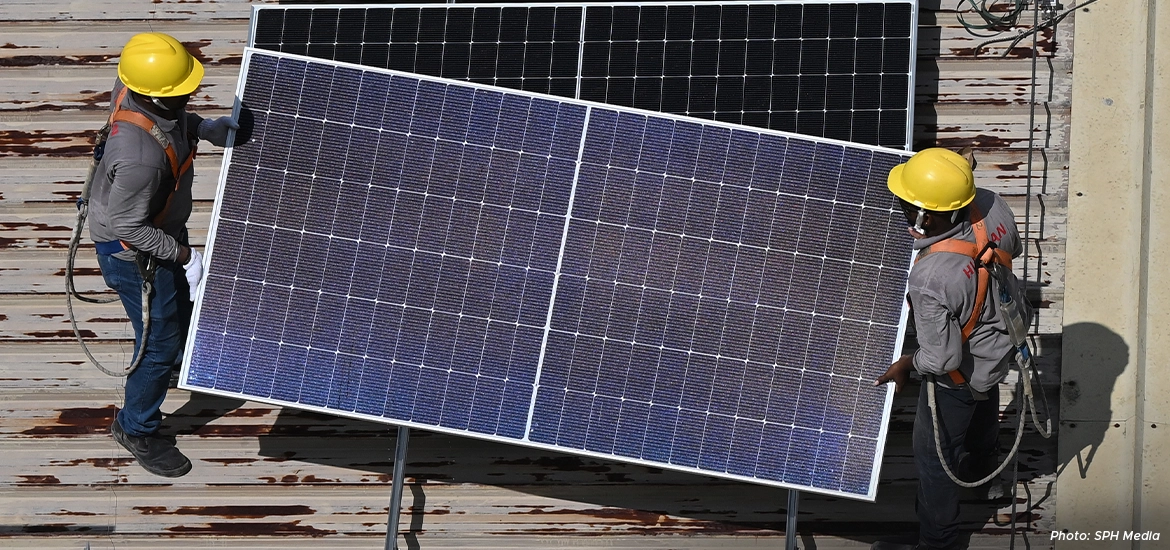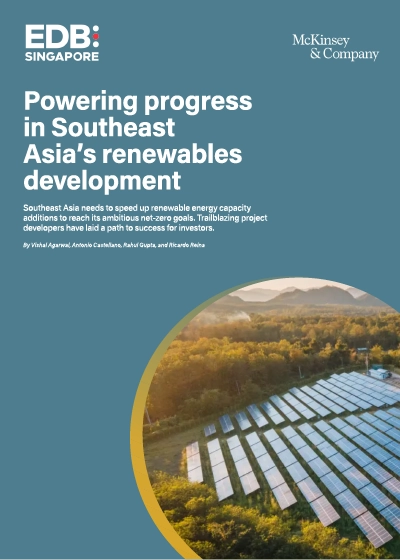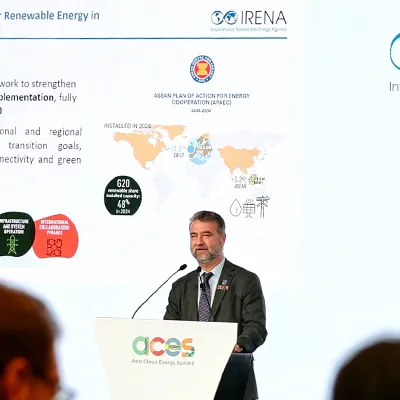The five ASEAN recipient countries in the report are Indonesia, Malaysia, the Philippines, Thailand, and Vietnam.
ASEAN’s electricity demand is expected to grow 41 per cent by the end of the decade, and renewable energy capacity is expected to increase by 300 to 500 per cent by 2035, said the report.
However, the developing region – which is still heavily reliant on coal for its energy needs – needs foreign investment for the energy transition, with major financing gaps in renewables and grid development.
The report comes amid the scale-back in climate initiatives and spending by the US, such as laying out plans to phase out clean energy tax credits and slash spending on electric vehicles and renewable energy.
The US – one of the world’s largest emitters – also said in January that it would pull out of the Paris Agreement, a pact signed by nearly 200 countries in 2015 to limit global warming to 1.5 degrees Celsius above pre-industrial levels to avoid the worst impacts of climate change.
Ms Sharon Seah, coordinator at the ASEAN Studies Centre and Climate Change in Southeast Asia Programme at the ISEAS – Yusof Ishak Institute in Singapore and one of the experts speaking at a webinar for the report on 20 May, said that the global climate vacuum is “very concerning”.
“There’s been a lack of leadership... and the concern within the region really is about the normative effect that this can have on the other countries,” she said.
But the report showed that some economies in Asia seem to be rising to the occasion.
For example, China leads in the investments for wind and hydropower among the four countries, and provided US$1.83 billion for clean energy financing in Southeast Asia in 2024 under its Belt and Road Initiative.
It also led in clean energy trade with the five Southeast Asian countries, driven by strong exports of electric vehicle batteries, solar modules, and wind components.
Meanwhile, Japan is the region’s bigger investor in geothermal and solar energy, with investments of US$1.3 billion and US$142 million, respectively.
South Korea was the largest exporter of battery components to Indonesia and Malaysia between 2017 and 2024. It also has a hand in financing mechanisms to support climate projects in ASEAN, albeit on a smaller scale.
The report also found that intentional and transparent policy by ASEAN countries can increase investor confidence in the energy transition.
The ASEAN power grid, for instance, finally made headway after Singapore said in 2021 that it plans to import around 30 per cent of its electricity from low-carbon sources, such as renewable energy plants, by 2035.








